Air Defense<Anti-Submarine
After suffering devastated losses to American submarines in WW2, postwar Japan’s Navy (JMSDF) has heavily invested in its anti-submarine capabilities. This commitment has led to JMSDF being arguably the world’s best in anti-submarine warfare (ASW), an advantage even the US Navy both acknowledges and appreciates.
As the JMSDF hosts a variety of ASW equipment, such as the P-1 Maritime Patrol Aircraft and a fleet of SH-60 Helicopters, the Asahi-class Destroyer is currently designated as the main surface vessel to play a crucial role.
- General Overview
| Displacement | 5,100 tons (standard) |
| Length | 151m (495.4ft) |
| Beam | 18.3m (60ft) |
| Crew | 230 members |
| Speed | 30knots (55.6km/h, 35mph) |
| Armament | 5 inch naval gun×1 Mk41 VLS×32 20mm CIWS×2 Anti-Ship Missiles×8 Triple Torpedo Tube×2 Torpedo Decoys Electronic Warfare Equipment |
| Cost | 700 million USD |
Japan constantly updates its ASW capacity with each construction of destroyers, but the Asahi-class was born to serve as the key submarine hunter of the fleet.
Entering service in 2018, the two ships “Asahi” “Shiranui” greatly resembles the previous “Akizuki-class” destroyers. In fact, the two series share the basic designs and equipment to an extent that most people would consider them as sister ships.
But, the two classes are distinct in their primary roles – the Asahi-class is designed as a submarine hunter whereas the Akizuki-class was built to provide air-defense for the fleet.
Although it is difficult to differentiate the two by outward appearance, one noticeable point is the location of its multifunctional radars. The radars of the Akizuki-class are dispersed on the bridge and rear hangar while the Asahi-class concentrated all four radar panels to the bridge section.
In terms of capability, the Asahi’s radar detection range is narrower since the ship is not expected to provide fleet air defense. But, the ship itself is capable of simultaneously engaging four to six airborne targets using the ESSM missiles.
While this number is less than the Akizuki’s ability to intercept eight to twelve targets, it is more than enough to perform individual defense, ultimately reducing the burden of ships tasked with fleet air defense.
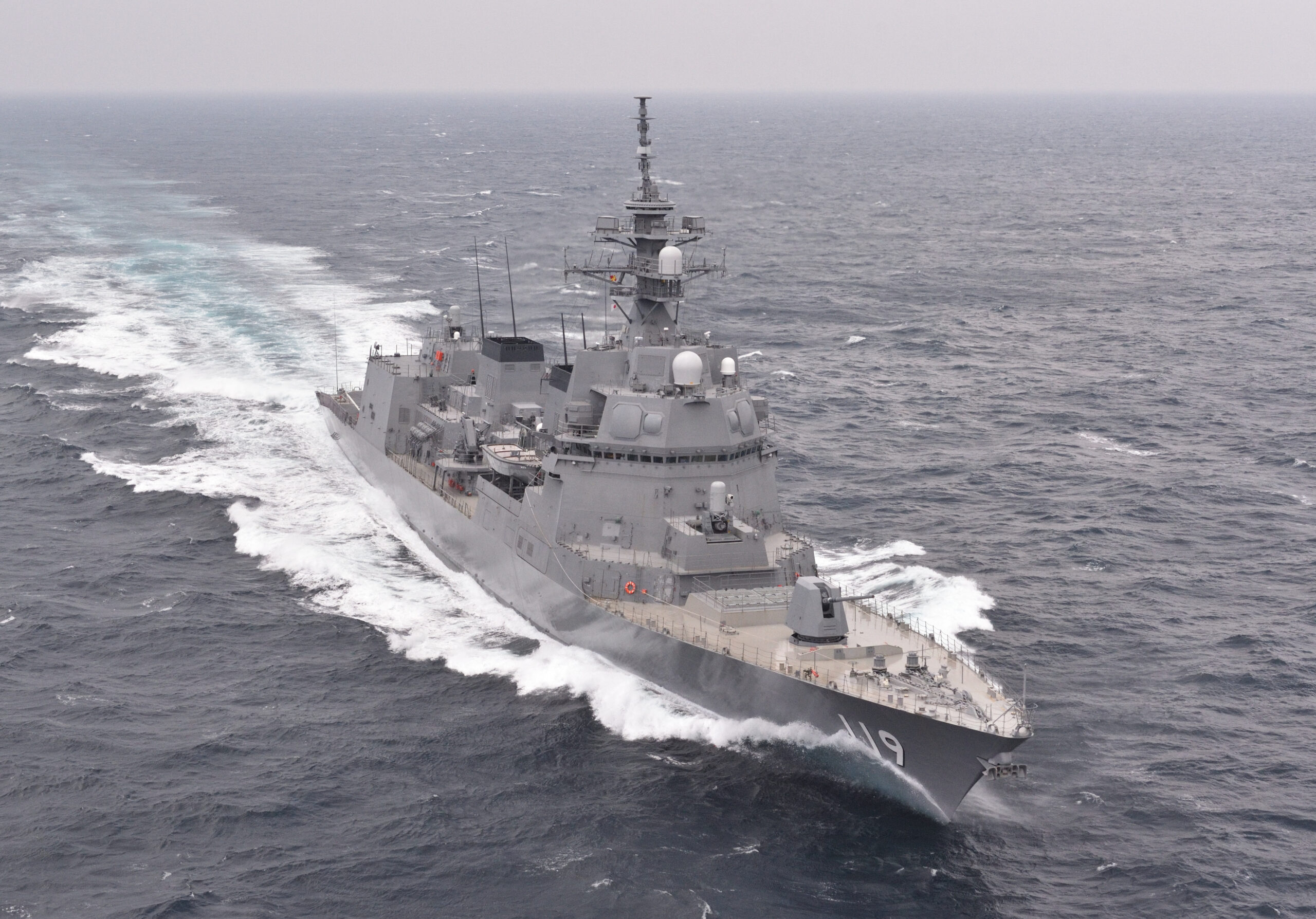
Contrary to these limits in air defense, the Asahi-class has strengthened its anti-submarine role by enhancing submarine detection capabilities.
The upgraded sonar systems allows the ship to not only detect submarines, but also receive and analyze sonar reflections from other JMSDF ships. This means the ship can conduct a more coordinated approach in ASW, even if directly locating the enemy proves challenging.
Upon detection, the destroyer is expected to engage the enemy submarine with its arsenal of torpedoes, but while the standard ASROCs are used for long range attacks, the Asahi-class was provided with the latest Type 12 torpedos for close distance combat.
Additionally, the Asahi-class is the first JMSDF vessel to be equipped with a special radar aimed to detect submarine periscopes. Such radar enables the destroyer to quickly detect and identify periscopes of submarines, limiting the enemy’s opportunity for visual confirmation.
This is expected to make enemy submarines more hesitant to use periscopes, potentially forcing them to call off the attack or degrading their accuracy.
Why Only Two Ships?
The Asahi-class is undoubtedly one of the, if not the best surface vessel for hunting submarines, significantly contributing to the enhancement of JMSDF’s anti-submarine capacity.
Therefore, it is regrettable that only two ships were constructed when it would have been ideal to have at least four ships like the Akizuki-class, each being distributed among JMSDF’s four main fleets.
The reasons behind this limitation is partly due to the plan of mass-producing Mogami-class Frigates and the experimental aspect of the Asahi-class itself.
Interestingly, the Asahi-class is also the first JMSDF vessel to introduce the “COGLAG” system, a hybrid engine combining gas turbines and electric propulsion. This makes the Asahi-class more fuel efficient than its predecessors, but along with the new sonar equipments and torpedoes, the ship hosted an experimental nature which mass-production somewhat a risk.


-320x180.jpg)
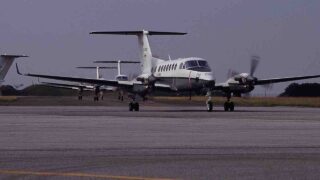
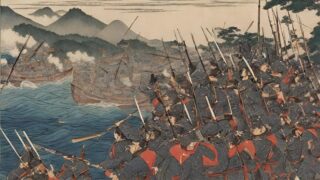
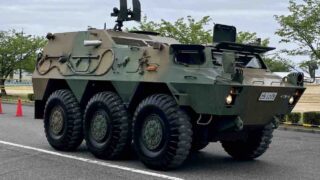
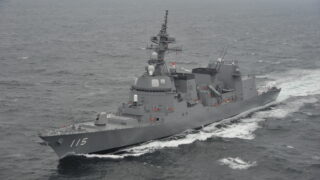
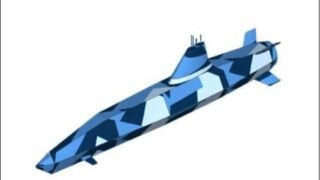
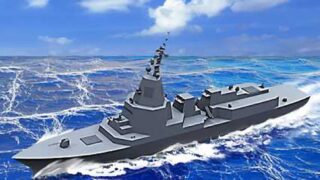
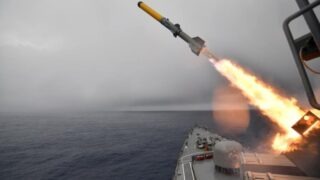
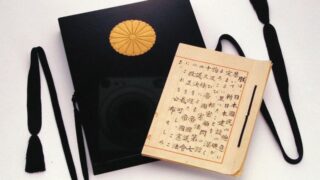
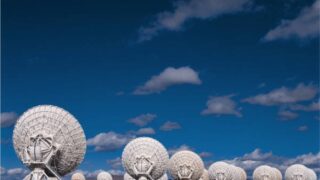
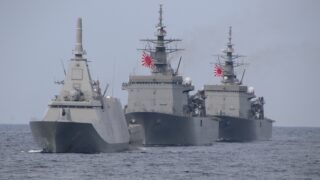
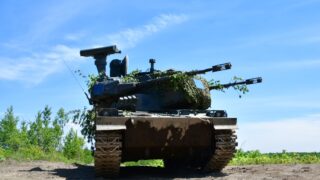
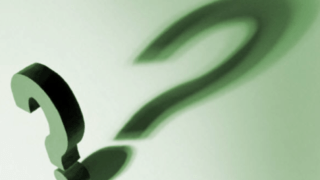
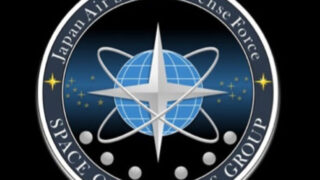
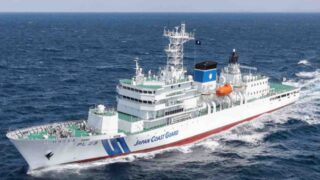
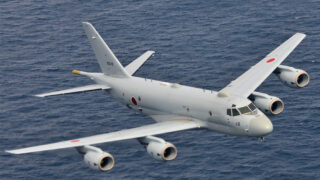
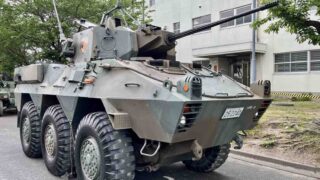
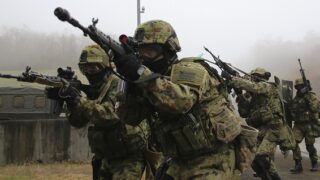
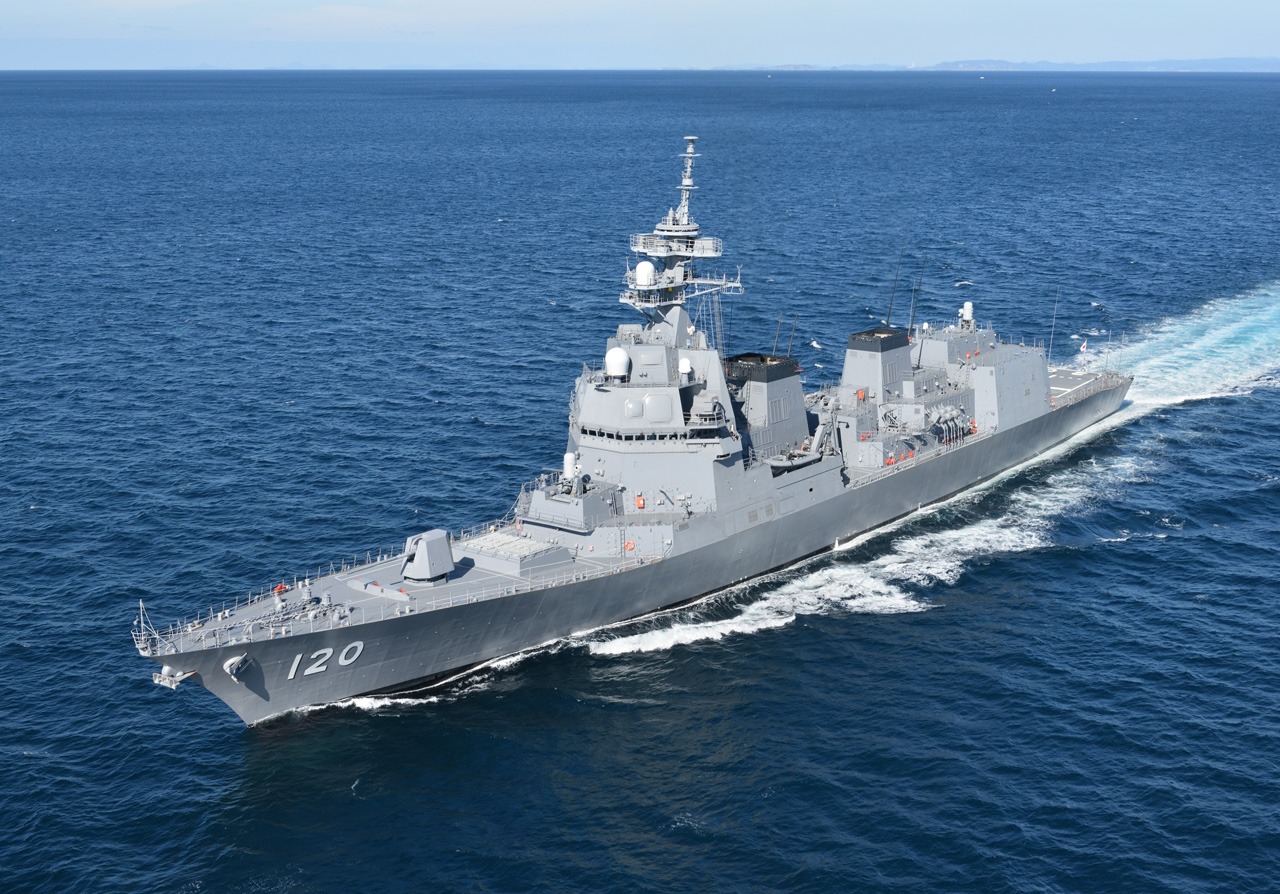
Comments